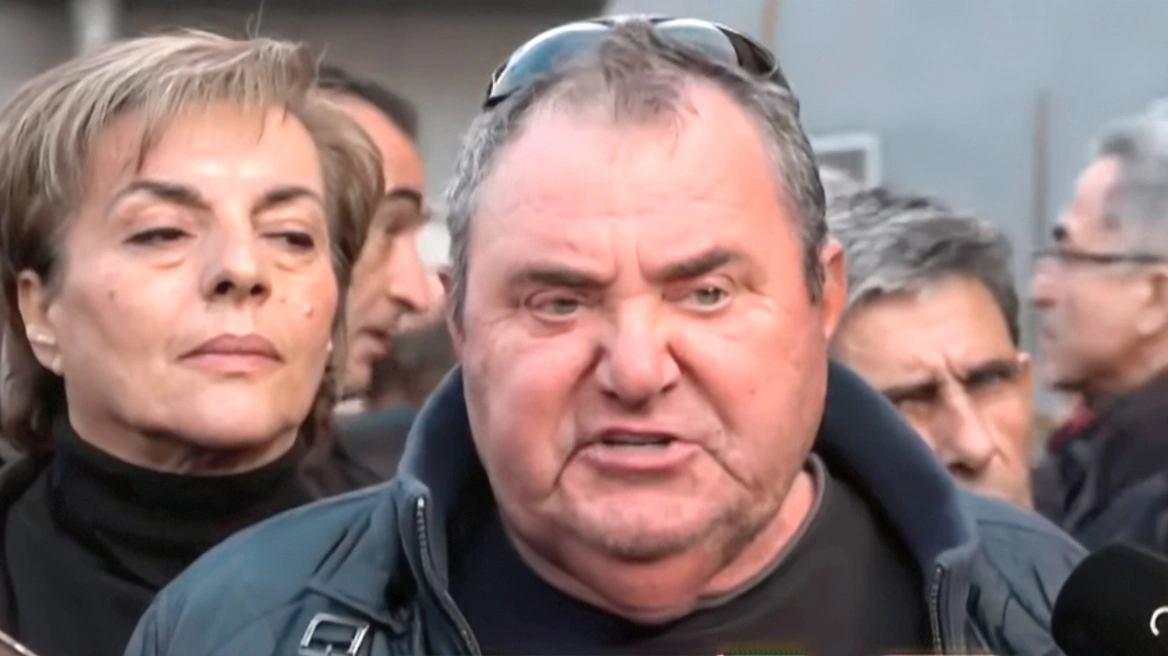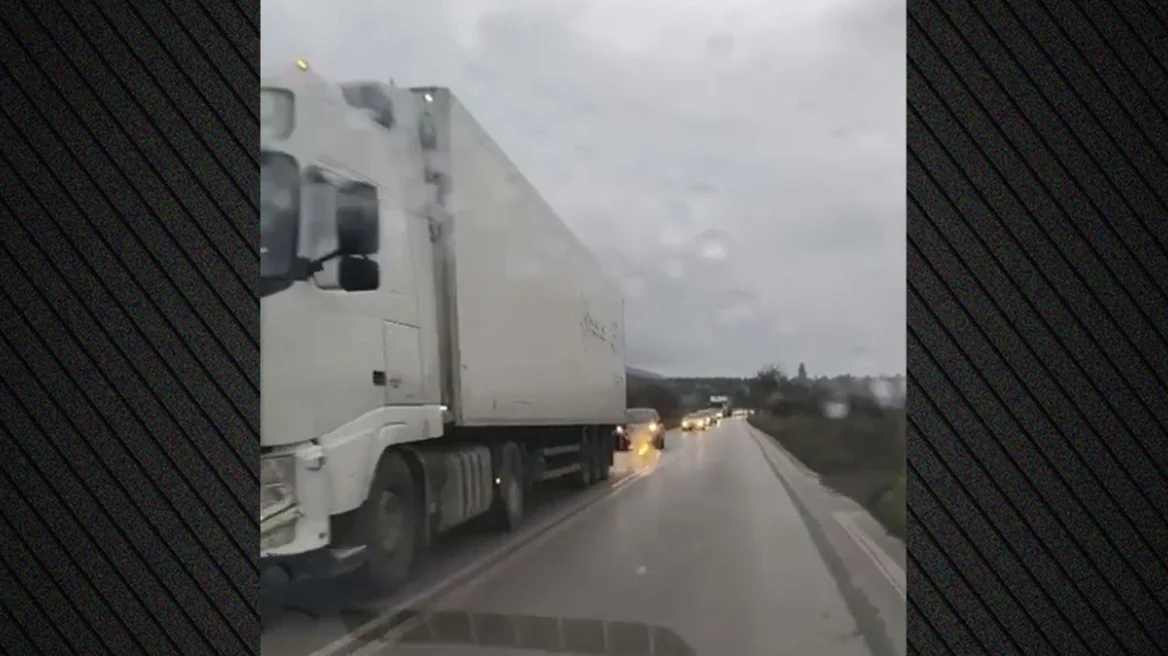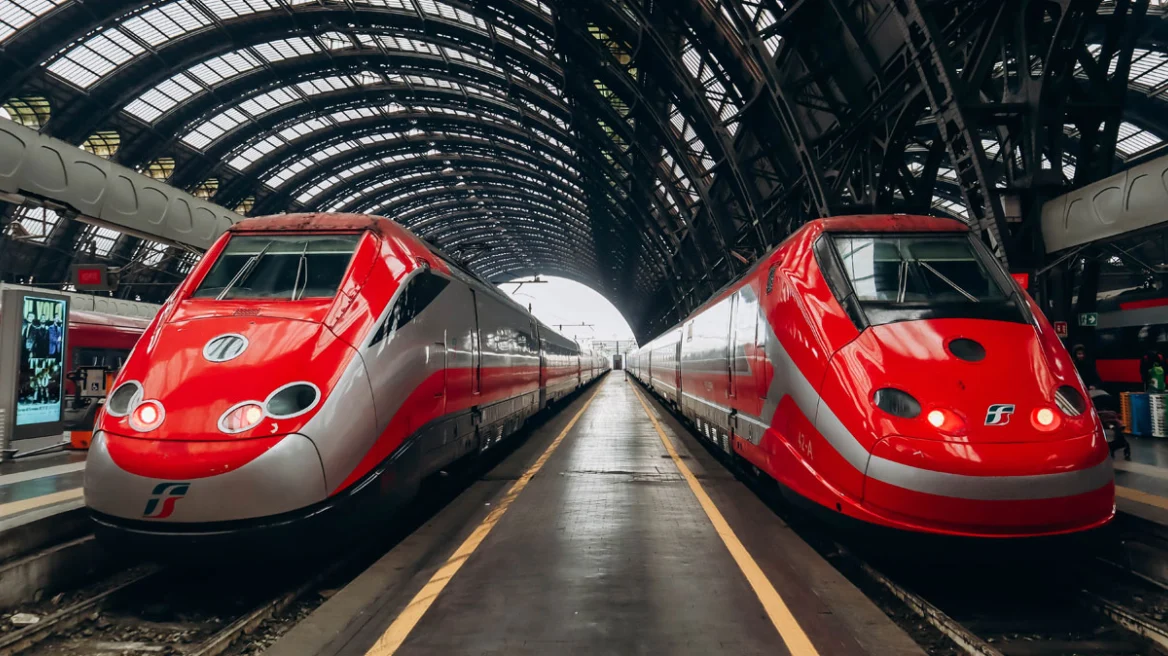Scientists have discovered an alternative to costly and environmentally damaging lithium-ion batteries – used in everything from smartphones to electric cars – in the form of a 140-year old technology.
Iron-air batteries, first invented in 1878, hold a far higher energy density to lithium-ion batteries at a fraction of the cost, however until now they have impractical for recharging purposes due to rusting.
A team from the Massachusetts Institute of Technology now claims to have fine-tuned a process known as “reverse rusting” in order to allow the new design to charge and discharge energy.
“Iron-air batteries can be commercially scaled up for energy storage and help mitigate climate change by mid-century,” Yet-Ming Chiang, an electrochemistry professor at MIT, told Popular Science.
“When you reverse the electrical current on the battery, it un-rusts the battery. Depending on whether the battery is discharging or charging, the electrons are either taken away from or added to the iron.”
The method allows the iron-air battery to deliver 100 hours of clean electricity at a cost of $20 kilowatts per hour, compared to the $200 kilowatts per hour of lithium-ion batteries.
Full Tank, Empty Wallet? – Greeks pay the highest, OECD shows (infographic)
It is one of three types of metal-air batteries – alongside aluminium and zinc – that use atmospheric oxygen as a cathode and the abundantly-available metal as an anode.
They have been used commercially over the last century, for example in hearing aids in the 1930s, and by Nasa in space systems in the 1960s, however they proved largely impractical.
While it may be too late for the breakthrough to allow mass adoption for consumer electronics and electric vehicles, Professor Chiang believe it could revolutionise energy storage for large-scale renewable operations.
He has founded a startup, Form Energy, to further develop and commercialise the technology, with the hope of rapidly pushing forward zero carbon energy solutions.
Source: Independent
Ask me anything
Explore related questions





